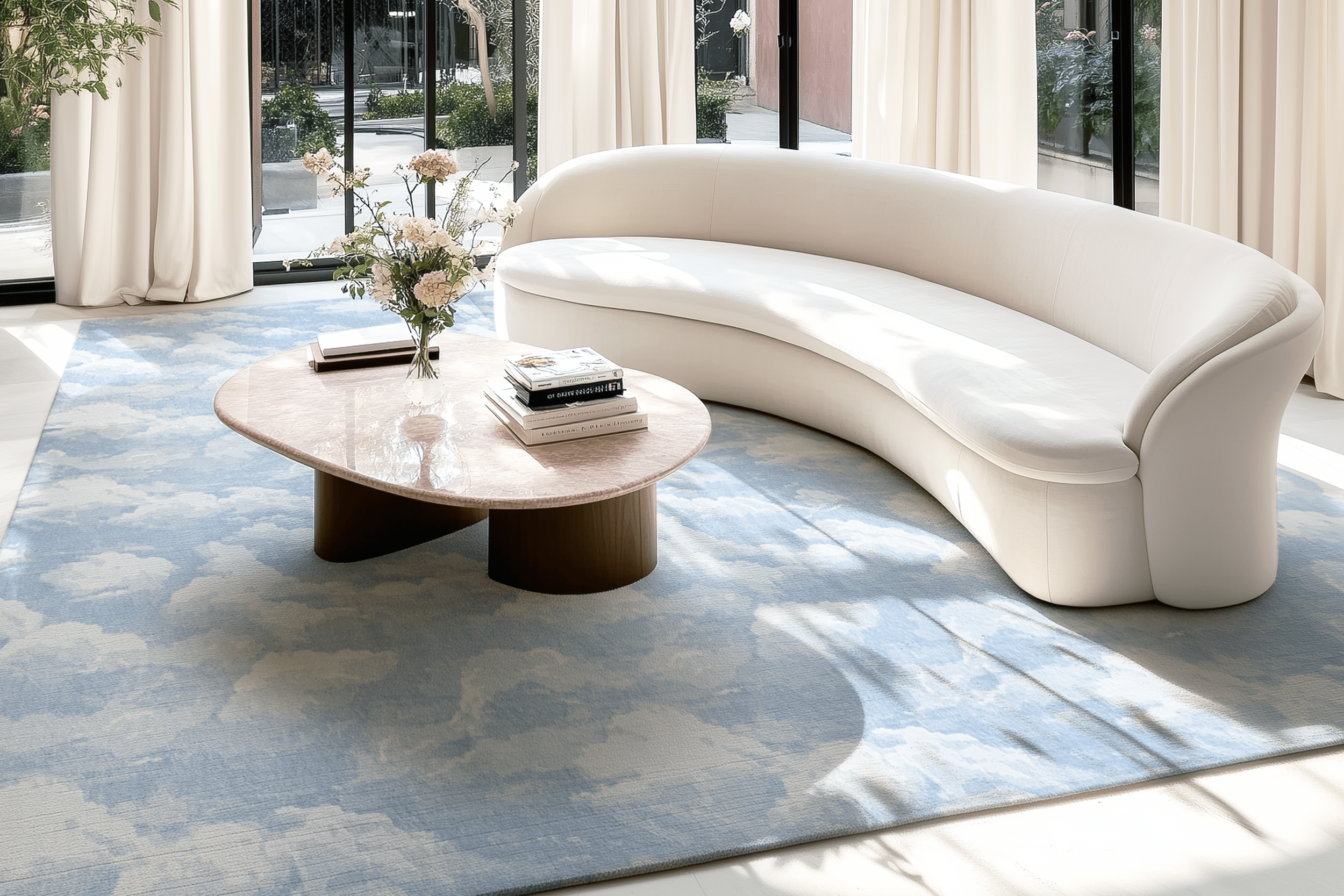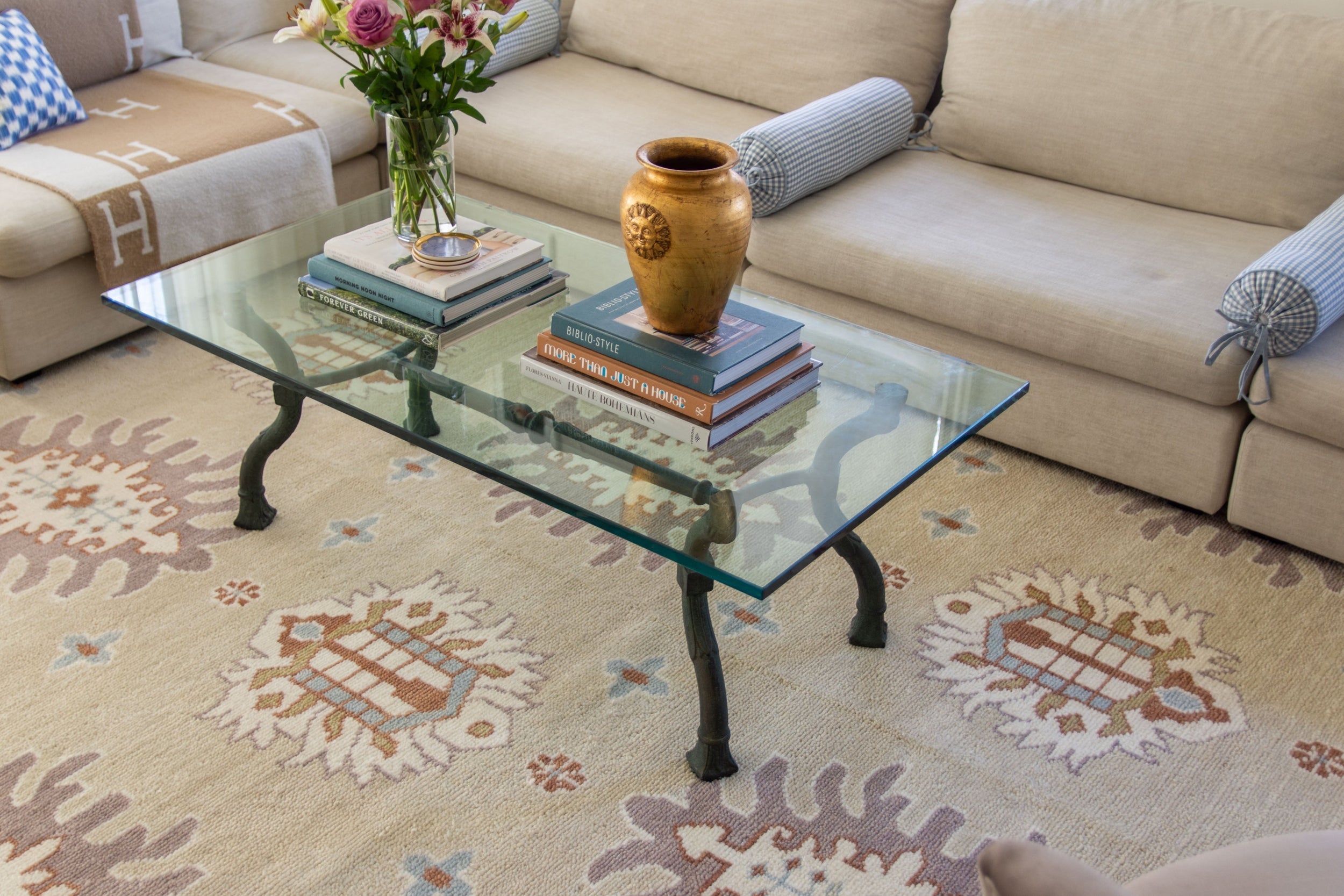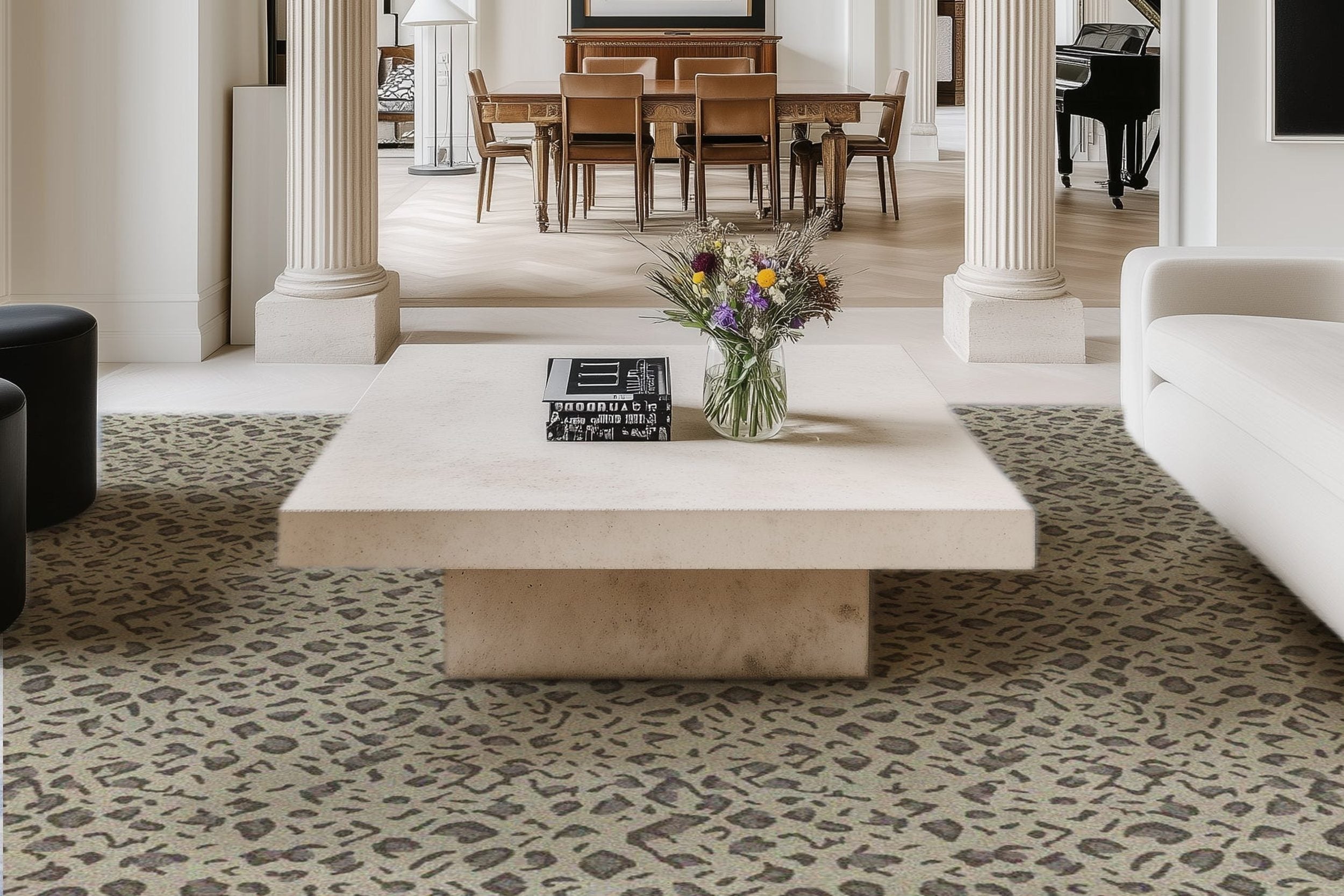Trends in Office Design: What's New for Workspaces
Office spaces are evolving to meet new demands for flexibility, wellbeing, and sustainability.
These trends are reshaping how workplaces look and function in 2024.
Hybrid-Friendly Office Layouts
Hybrid work models are driving significant changes in office layouts, with flexible spaces that can adapt to varying daily occupancy becoming the norm.
Hot-desking areas allow employees to choose their workstations each day. These spaces often feature height-adjustable desks and ergonomic chairs to accommodate different preferences.
Collaborative zones are becoming larger and more varied. They include open areas for impromptu meetings, enclosed rooms for focused group work, and video conferencing booths for remote team connections.
Private spaces are still crucial. Soundproof pods and quiet corners for concentrated individual work or confidential calls will become much more popular.
Technology integration is key in hybrid-friendly layouts. Expect to see:
Innovations for Health and Wellbeing
Employee well-being is now a top priority in office design and space, which means that workspaces will have a strong focus on both physical and mental health.
Biophilic design elements are becoming standard, including indoor plans and living wall, as well as natural materials like wood and stone.
Ergonomic furniture is also evolving. Beyond adjustable desks and chairs, you might start to see things like treadmills or cycle desks, as well as standing meeting desks.
Dedicated wellness spaces are on the rise. Your office might include:
Air quality and hygiene receive more attention. Look for advanced air filtration systems and touchless fixtures throughout the office.
Sustainability and Eco-Conscious Design
Sustainable office designs are becoming a necessity rather than a luxury. Eco-friendly practices will be integrated into every aspect of workspace configuration.
Energy efficiency is a key focus. Expect to see:
Materials are chosen with sustainability in mind, including recycled furniture and flooring, as well as locally sourced materials.
The Intersection of Technology and Office Spaces
Technology is revolutionizing office spaces, enhancing productivity and reshaping how we work.
Smart solutions, improved connectivity, and designs that cater to diverse needs are at the forefront of modern workplace evolution.
Smart Offices and Automation
Smart offices leverage technology to optimize comfort and efficiency. Sensors and automation are key components, adjusting lighting and temperature based on occupancy and preferences.
LED lighting systems that mimic natural light cycles, promoting better focus and well-being will become the norm.
Digital whiteboards and touch-screen displays are becoming standard, facilitating seamless information sharing.
Voice-activated controls allow you to manage room settings effortlessly. Smart lockers and desk booking systems enable flexible seating arrangements, maximizing space utilization.
Automated climate control systems maintain optimal comfort levels while reducing energy consumption. You can expect to see more IoT devices integrated into office furniture, providing data on usage patterns to inform future design decisions.
Enhancing Collaboration and Connectivity
Technology integration is crucial for fostering collaboration in modern offices. High-speed Wi-Fi and 5G networks ensure you stay connected throughout the workspace. Video conferencing equipment is now a staple in meeting rooms, supporting hybrid work models.
Interactive screens and digital collaboration tools will become more available in breakout areas and meeting spaces. These technologies allow for real-time editing and idea sharing, whether you're in the office or working remotely.
Wireless charging stations are being incorporated into desks and common areas, keeping your devices powered throughout the day. Smart room booking systems help you find and reserve appropriate spaces for different types of collaboration, from small huddles to large presentations.
Design for the Diverse, Evolving Workforce
Office spaces are adapting to accommodate a diverse workforce with varying needs and work styles. Height-adjustable desks and ergonomic seating options that cater to different physical requirements and promote movement throughout the day are becoming the norm.
Flexible spaces that can be easily reconfigured support diverse work modes, from focused individual work to group brainstorming sessions. Technology plays a crucial role in making these adaptations seamless.
Accessibility features are being integrated more thoughtfully, with voice-activated controls and adjustable workstations. Increases in quiet zones equipped with noise-canceling technology for those who need reduced sensory input will also bnecome more popular.
Mobile apps allow you to customize your work environment, from booking a desk to adjusting lighting and temperature in your immediate area. This level of personal control enhances comfort and productivity for all employees.
Browse by Category

Design Projects
Explore interiors from client work and personal renovations — layered, livable, and always in progress.
read more →
Collaborations
From product launches to styled spaces, discover the brand stories I’ve helped bring to life.
read more →
The Notebook
A growing archive of iconic designers, inspiring artists, and unforgettable design moments.
read more →
Travel by Design
Wander with a designer’s eye — from charming hotels and city guides to visual inspiration abroad.
read more →





